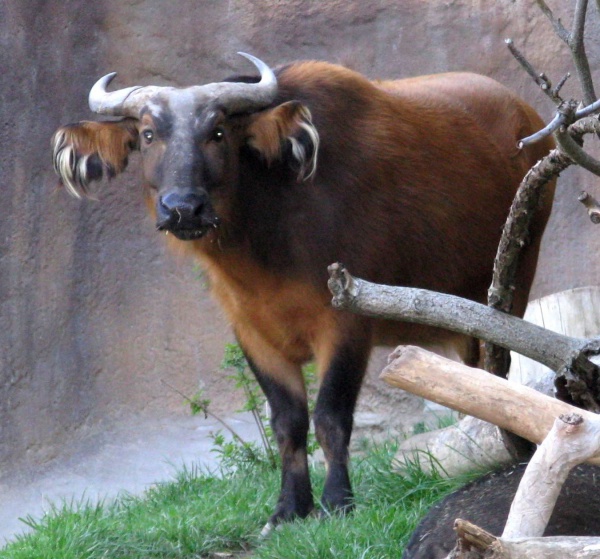Facts About African forest buffalo
The African forest buffalo, commonly referred to as the dwarf buffalo or Congo buffalo, is the smallest subspecies of the African buffalo. These animals are typically found in the rainforests of central and western Africa, where the annual rainfall is approximately 1,500 mm. Unlike their larger relatives, African forest buffaloes weigh between 250 and 320 kg and possess a reddish-brown coat with smaller horns that rarely fuse.
These buffaloes thrive in diverse environments, including marshes, grassy savannas, and humid rainforests. They primarily graze on grasses and plants found in clearings and savannas. However, the encroachment of rainforests into savanna areas can disrupt their ecosystems. To protect themselves from predators, African forest buffaloes form herds, although these groups are generally smaller than those of other buffalo subspecies.
The social structure of a typical herd includes one or two bulls, adult females, juveniles, and calves. Unlike Cape buffalo bulls, which often form bachelor groups, the bulls in African forest buffalo herds remain with the group year-round. Occasionally, the herd may split temporarily but usually reunites. While they are less affected by seasonal changes, their behavior can vary depending on the habitat and season.
Predators like African leopards and Nile crocodiles pose significant threats to these buffaloes, with crocodiles being particularly dangerous to adults. Preserving their habitat, which comprises a mix of savannas and rainforests, is crucial for the survival of the African forest buffalo.

 Equatorial Guinea
Equatorial Guinea